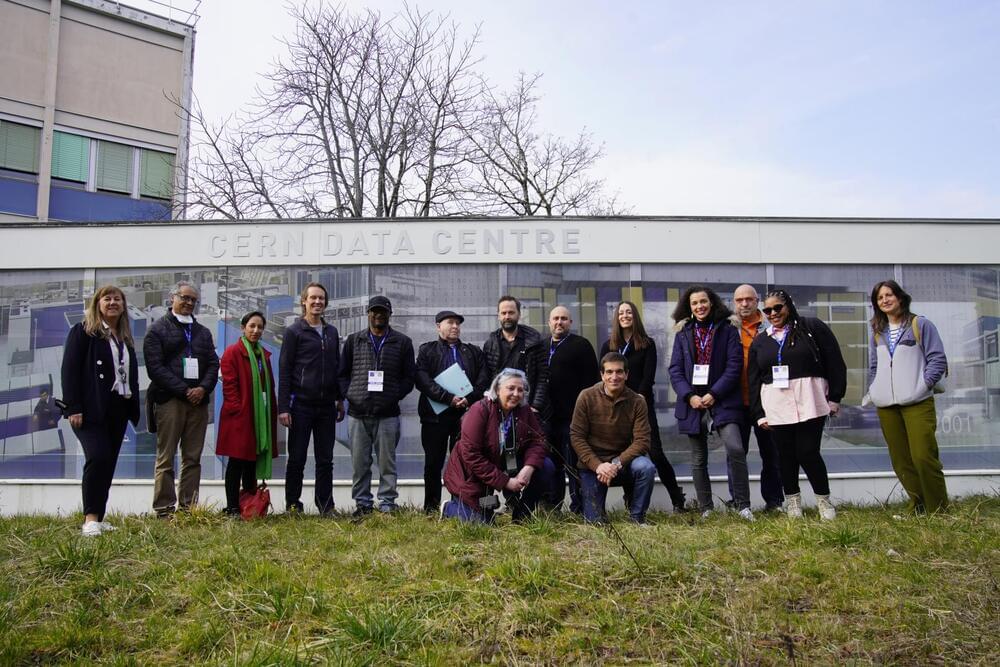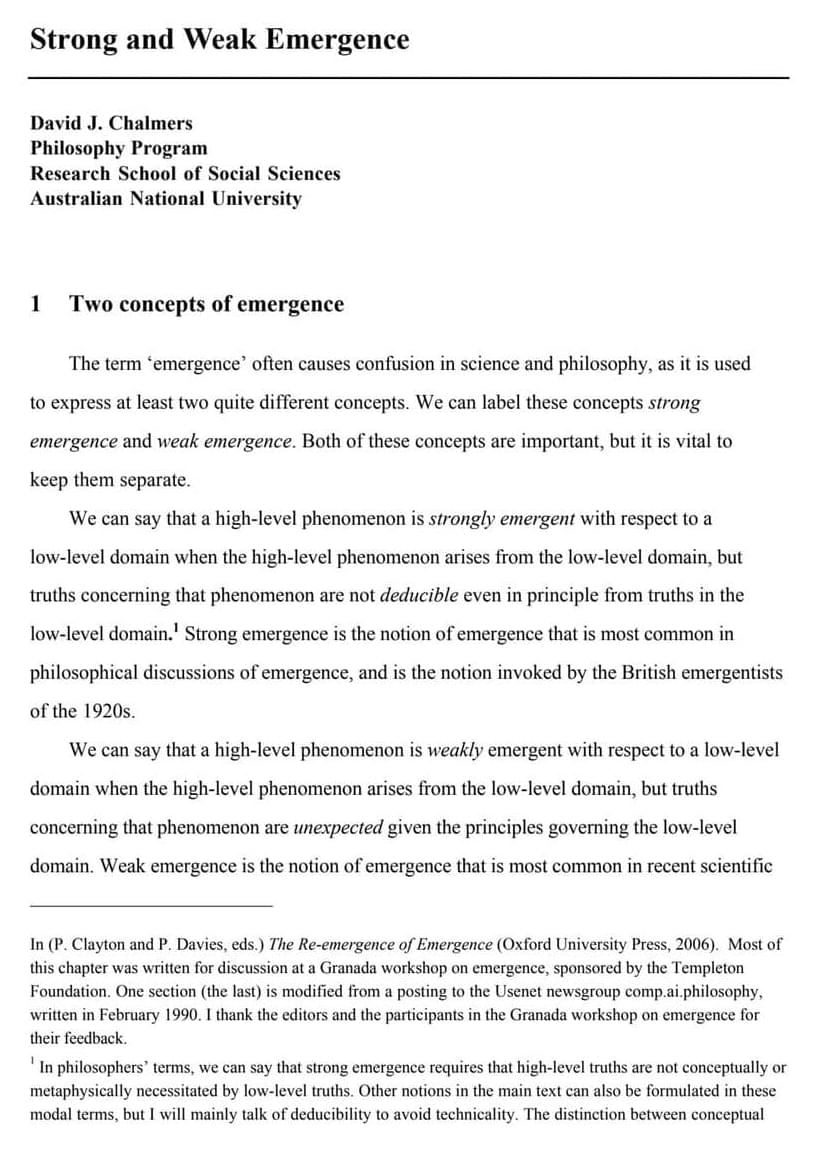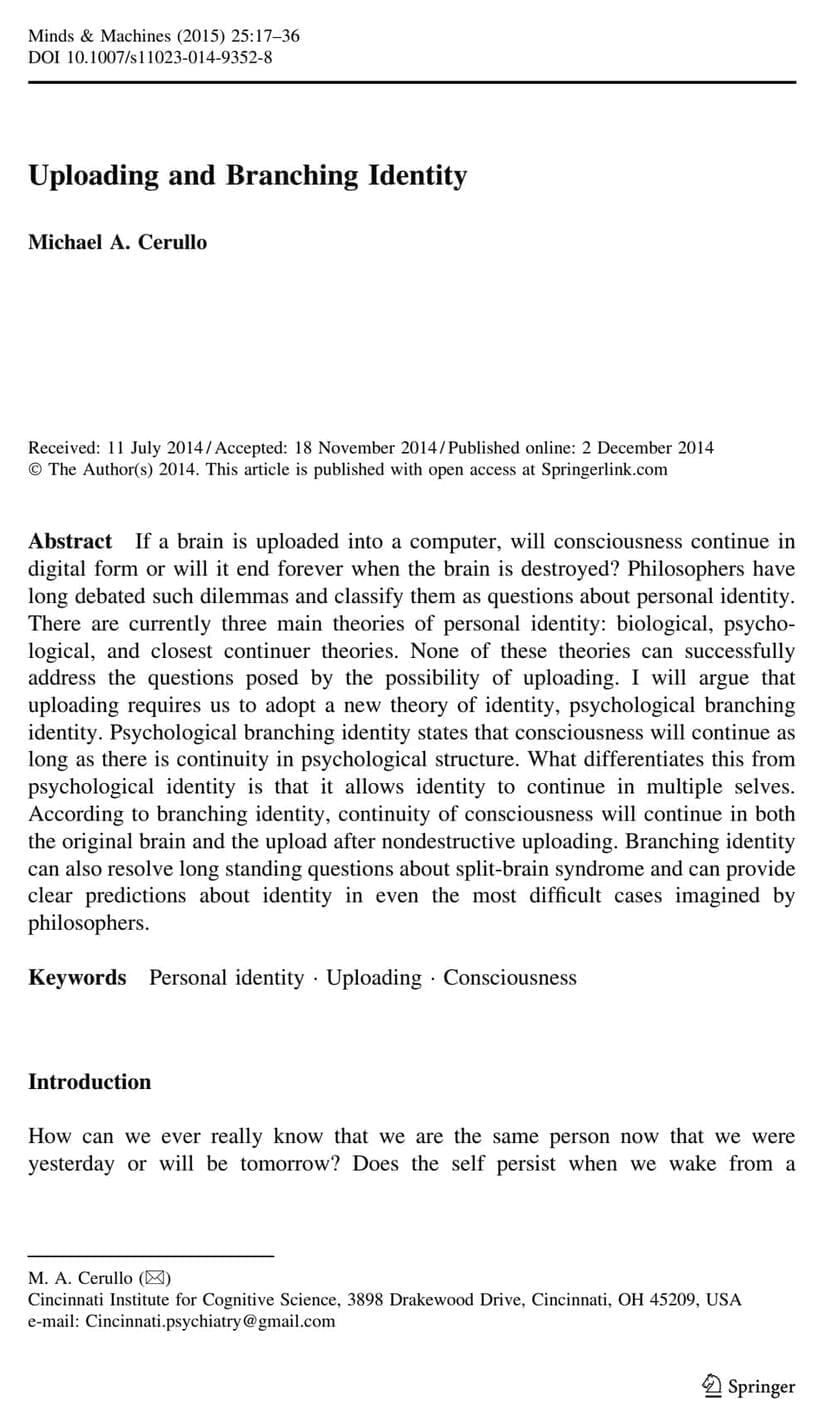This February sees the launch of Collision: Stories from the science of CERN, the culmination of a unique, two-year-long collaboration between fiction writers and pioneering physicists.
As part of Comma’s Science-into-Fiction series, the project paired award-winning UK writers with leading physicists and engineers working at CERN, to explore different aspects of CERN’s research, as well as its historical legacies, through fiction and accompanying essays (or afterwords) by the scientists.
The project began in the Summer of 2021 when particle physicists connected to CERN around the world were invited to be part of a new European-wide public engagement project. Over 150 topic submissions from scientists working on different aspects of science were received. Writers were then invited to respond to the list of ideas and were paired with the physicists whose ideas inspired them. We were overwhelmed with positive responses.







